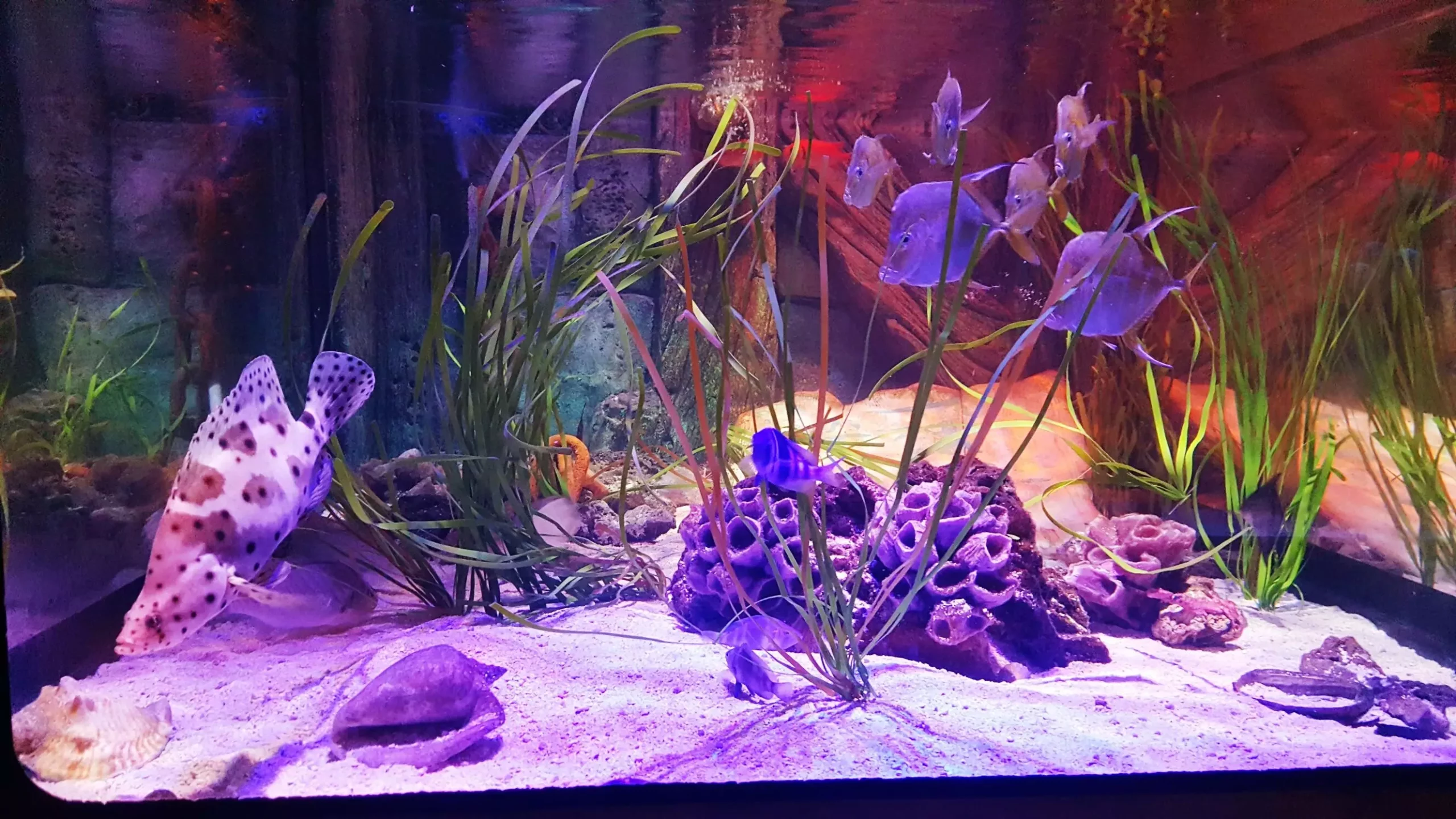Aquarium keeping can be one of the most fulfilling hobbies, but for beginners, it often comes with a perplexing array of decisions. From choosing the right tank size to determining the necessary equipment, each step is critical to ensuring a healthy environment for your aquatic relatives. Despite the ocean of resources available, misinformation can lead to frustration and failure. The reality is that understanding the fundamental requirements for your aquarium setup can elevate your experience significantly—this article aims to clarify those essentials, helping both newcomers and seasoned aquarists navigate the intricate waters of aquarium care.
Understanding Tank Size and Weight
The choice of tank size is often one of the first hurdles faced by aspiring aquarists. Aquariums come in roughly standardized sizes—ranging from compact 5-gallon tanks suitable for smaller fish to larger, more spacious 125-gallon versions. Understanding the weight of an aquarium filled with water is crucial in determining the best spot in your home to set it up. A gallon of water weighs approximately 8.34 pounds. Therefore, a 50-gallon aquarium can weigh over 400 pounds once filled! This weight consideration is vital not just for selecting an appropriate location but also for ensuring that your floor can handle the load.
Choosing a tank also extends to ensuring your setup includes safety features, such as a fitted lid that not only prevents fish from jumping out but also reduces evaporation.
Choosing the Right Heater for Your Aquarium
Temperature regulation is another critical aspect of aquarium management. Many aquatic species thrive within specific temperature ranges, making a reliable heater an essential investment. A good rule of thumb is to have 5 watts of heater power for every gallon of water. Thus, a 20-gallon tank requires a 100-watt heater to maintain optimal conditions.
However, it’s wise to err on the side of caution. For larger tanks—those over 50 gallons—utilizing two smaller heaters can provide better temperature distribution and safeguard against complete failure. Additionally, having a backup heater on hand can save your aquatic life during unexpected outages or equipment failure especially during those long winter nights when pet shops are closed.
For smaller aquariums or fish bowls, mini heaters are gaining popularity. They can adequately maintain a stable temperature but pay attention to their placement to avoid overheating a specific area.
Finding the Right Filter
When it comes to filtration, many enthusiasts underestimate the importance of a robust system. A general guideline is that the total volume of water should be filtered at least four times an hour. Therefore, if you have a 30-gallon aquarium, you’ll need a filter that can handle a flow rate of at least 120 gallons per hour. Optimal filtering doesn’t just keep your water clear—it ensures that harmful substances are eliminated, drastically improving the health environment for your fish.
If you’re torn between two options—100 gph and 150 gph—it’s advisable to opt for the higher flow rate. It’s better to have a filter that will keep your aquarium cleaner and more stable. For some species, particularly those sensitive to water currents, you might need to position decorations strategically to create sheltered areas away from the direct flow.
Calculating Substrate Needs
The substrate, a crucial element for both aesthetic and biological filtration, should also be considered carefully. A commonly accepted measurement is to use one pound of substrate for every gallon of water. However, if your aquarium has a rather unusual shape or if you plan on cultivating plants, you might need to adjust this figure.
For planted tanks, ensure you provide at least 2 inches of substrate depth. Not all substrates fulfill the diverse needs of aquatic plants, and understanding the specific requirements of your flora will ultimately dictate your choice of substrate.
Feeding Fundamentals: Avoiding Overindulgence
Feeding is an area where many fish owners struggle. Unfortunately, overfeeding is a pervasive problem that leads to water quality issues and health problems for your fish. Fish food begins losing its nutritional value shortly after opening, typically within a month, and it’s best to purchase in small amounts until you’re accustomed to your fish’s eating habits.
For general feeding, a good rule is to offer as much food as your fish can consume in 3-5 minutes, feeding them ideally twice daily. Be observant of their behavior: if food is left over after the feeding window, you’re likely providing too much. Each species has its unique dietary habits—some may only feast at night, while younger fish may require more frequent feedings.
Every detail—the tank size, heater wattage, filter circulation, substrate depth, and feeding practices—plays a fundamental role in creating a sustainable aquatic ecosystem. Navigating these choices thoughtfully can ensure a rich and vibrant home for your beloved fish.

